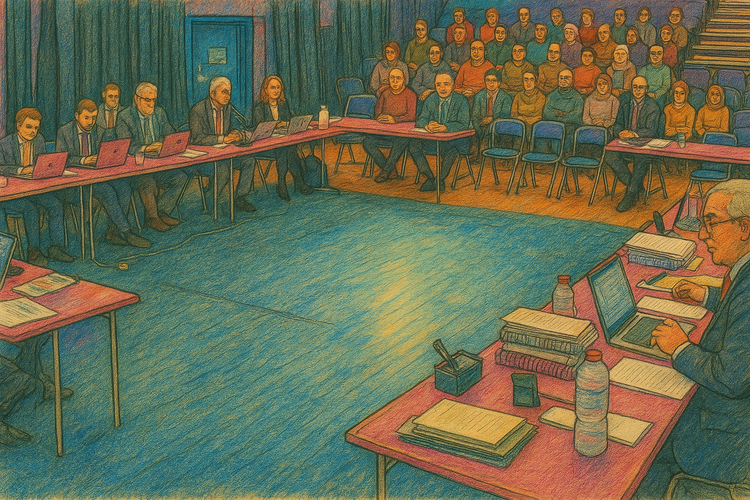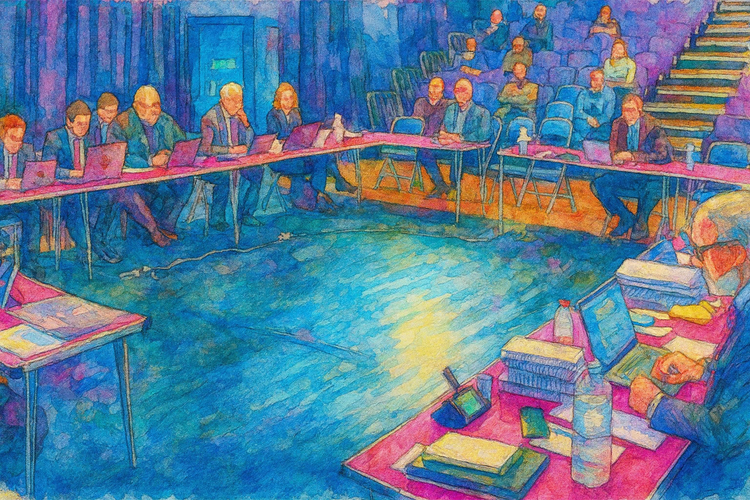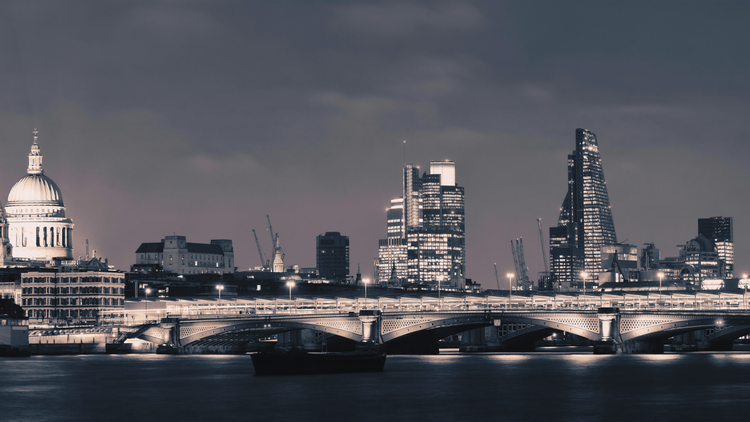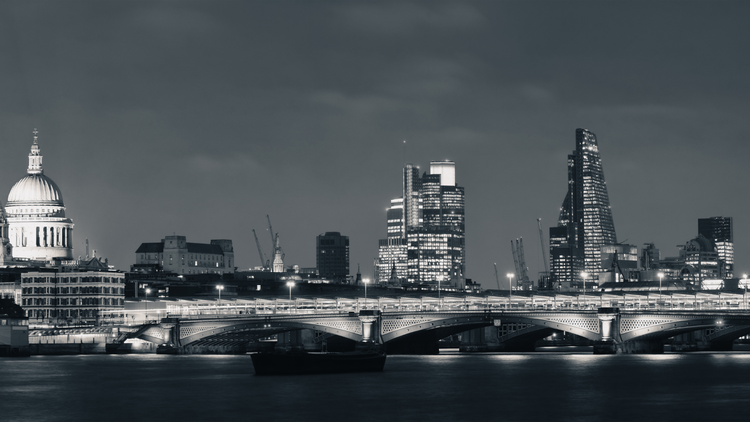From Markets to Monoculture: The City of London’s Quiet War on Public Space
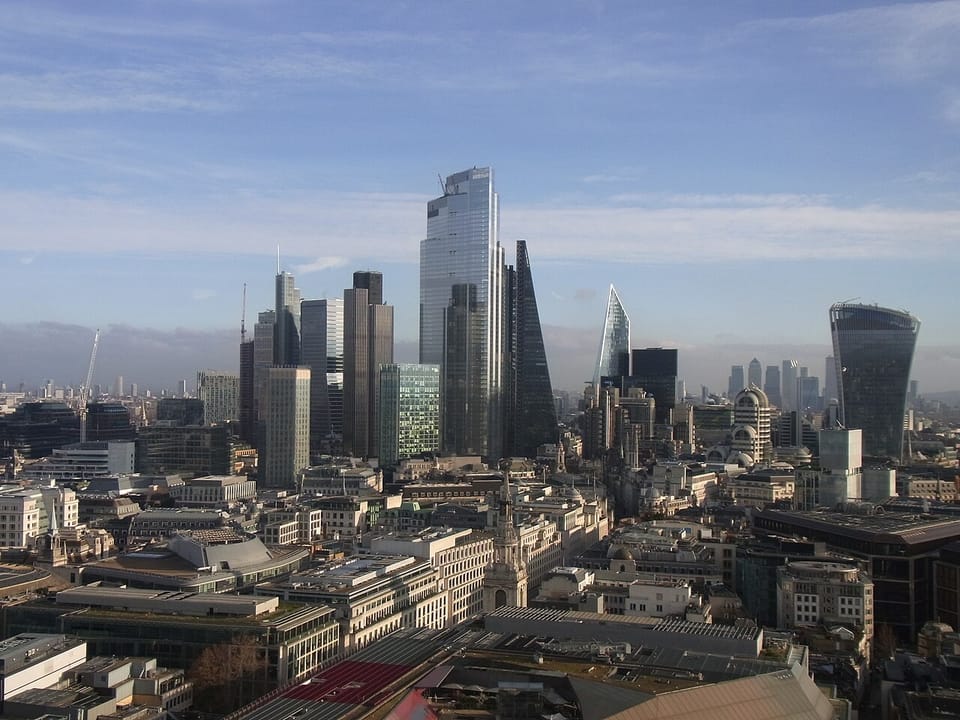
On 28 June 2025, The Guardian reported on the latest chapter in the City of London Corporation’s £1bn redevelopment plan: the closure and displacement of historic market traders at Smithfield and Billingsgate. Traders—some rooted in these markets for generations—have been forced out with minimal support, as the Corporation pushes forward with its plan to consolidate wholesale trading into a megamarket in Dagenham Dock. In their place: luxury offices, retail, and event spaces.
This isn’t an isolated story. It’s part of a sweeping and largely unchecked project: the conversion of public, common, and civic spaces into privately controlled zones of consumption. This transformation is occurring not only physically, but ideologically—with deep roots in neoliberal governance, corporate land grabbing, and the systematic dismantling of the urban commons.
The Displacement of Lives, Not Just Market Stalls
At the centre of the Smithfield redevelopment are the people whose lives and labour have sustained London’s food economy for decades—often in the early hours, behind the city’s glittering facade. These market traders are not simply vendors. They are butchers, fishmongers, loaders, drivers, and stewards of tradition. Many are small family businesses with roots going back two or three generations. Some started work at 14 and will retire—if they can—without savings, pensions, or recognition.
“We were promised relocation,” one trader told The Guardian. “But now it’s just: leave. No compensation, no help. We made this place run, and now we’re nothing.”
The forced migration to Dagenham Dock poses real challenges for these communities. The site is harder to reach for workers, suppliers, and customers alike. Its remoteness severs vital human connections—the camaraderie, routines, and informal support networks that gave Smithfield its unique character. What’s lost is not just economic function, but a deeply rooted social world.
The market’s disappearance is a symbolic blow to Londoners themselves. It strips the city of one of its most tangible links to working-class history, urban memory, and everyday resilience. As with so many regeneration projects, the rhetoric of “modernisation” masks the reality of erasure.
A Polanyian Moment: From Embedded Economies to Market Utopias
In The Great Transformation (1944), Karl Polanyi warned that when markets become disembedded from social relations, society itself begins to fracture. "To allow the market mechanism to be the sole director of the fate of human beings and their natural environment… would result in the demolition of society.” The Smithfield redevelopment exemplifies this logic: the displacement of communal livelihoods in pursuit of speculative value.
Polanyi identified enclosure—once of land, now of space—as a crucial mechanism of market expansion. The current market evictions repeat the classic formula: collective rights are overridden by the claim that private management ensures “efficiency” and “progress.”
The Disappearing Commons: Enclosure by Another Name
The enclosure of public and common land is not just a historical event, but an ongoing process. E.P. Thompson, in Customs in Common (1991), documents how early-modern enclosures were resisted not only for economic reasons but because they destroyed customary rights—what people understood as a shared moral economy. “Enclosure,” Thompson writes, “was theft of the commons,” a principle echoed by contemporary critics.
Today, enclosure no longer requires hedges and fences. It happens through leases, development rights, legal exclusions, and rebranding. Brett Christophers calls this the “new enclosure”—a process through which public land has been systematically transferred to private hands in neoliberal Britain. His 2018 book shows that over two million hectares of public land have been sold off since the 1970s—“the biggest privatisation you’ve never heard of.”
City of London: A Case Study in Urban Seizure
The City of London is both symbol and agent of this process. Its redevelopment of Smithfield and Billingsgate follows a long history of converting nominally public areas into spaces governed by private logics. Consider:
- Paternoster Square: Redeveloped in the early 2000s, now privately owned and patrolled. Public protest is banned—even photography is restricted.
- Broadgate: A “semi-public” office complex with extensive rules, private surveillance, and no democratic oversight.
- Finsbury Circus: A rare green space, seized for Crossrail and now subject to unclear public restitution.
These spaces are “open to the public” in appearance, but not of the public in governance or ethos. Anna Minton, in Ground Control (2009), calls this the rise of the “privately owned public realm,” where “fear, exclusion, and commercial priorities” override freedom and participation. As she notes: “Privatisation of space is accompanied by privatisation of values.”
Who Decides What a City Is For?
This isn’t just about land. It’s about political power. As Don Mitchell writes in The Right to the City (2003), public space is where rights are exercised: to assemble, to protest, to exist. When those spaces are controlled by private interests, the possibility of urban democracy itself is curtailed.
And yet, in London, this transformation proceeds with barely any democratic check. The City of London Corporation remains one of the most opaque and undemocratic institutions in Britain, accountable to businesses rather than residents.
But the more urgent question is this: Where is the national government?
With Labour now in power, one might expect a change in tone—a shift toward protecting the social fabric and defending the rights of workers and communities. But there has been no public statement, no intervention, no policy shift. The Labour Party, once rooted in solidarity with working people, appears unwilling to confront corporate urbanism or challenge the authority of the City Corporation.
Why is this happening under a government that claims to stand for fairness and economic justice?
Why is the largest city in Britain being quietly transformed without scrutiny or public debate?
What We Lose When We Lose Markets
Smithfield and Billingsgate are not just trading spaces. They are centres of urban memory, working-class culture, and intergenerational continuity. They represent what David Bollier, in Think Like a Commoner (2014), calls “a social system for managing shared wealth”—a system increasingly being dismantled. Markets, in Bollier’s terms, are “living institutions of mutual support,” not simply sites of commercial exchange.
Their loss is also the loss of spatial justice, a concept ignored in current planning logic. As George Monbiot has repeatedly written in The Guardian, Britain suffers from an extreme concentration of land and spatial power. "The great political failing of the past 200 years," he argues, "has been the dispossession of the people from the land and its rewards."
A City Losing Its Soul
What emerges from this landscape is a city made of sterile sameness—offices, branded plazas, surveilled courtyards. Public space is increasingly aestheticised but politically hollow: clean, safe, and utterly controlled. It becomes what Minton describes as “a new kind of dystopia: beautiful but exclusionary.”
We must ask:
- Why are these transformations allowed to happen largely out of view?
- Why is there no parliamentary oversight of the City Corporation’s land policies?
- Why has the Labour Government not intervened in one of the most aggressive land grabs of postwar Britain?
Conclusion: Defending the Right to the City
The eviction of market traders at Smithfield and Billingsgate is a flashpoint—a visible wound in a city where enclosure has become normalized. But it is also an opportunity to demand a different vision of urban life: one grounded in justice, transparency, and genuine public space.
As Polanyi, Thompson, and others remind us, the commons are not just about land. They are about relationships—social, economic, and moral. The City of London is severing those relationships under cover of modernisation. We must resist, rebuild, and reclaim.
“The loss of the commons is not merely the loss of land. It is the loss of a mode of life, of mutuality, of trust, of a culture of neighbourliness, of freedom rooted in custom. It is the degradation of a moral economy.”
— E.P. Thompson, Customs in Common (1991)
If we want to keep the city human, we must fight for the spaces that make civic life—and freedom—possible.
